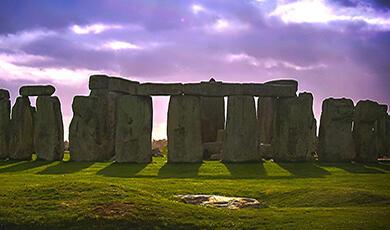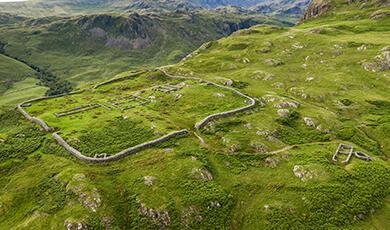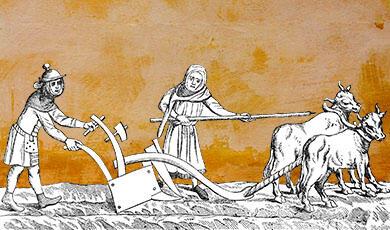Press release: Landscapes of Roman Britain

A revolution in our understanding of Roman Britain over the last 25 years, now thought to be densely populated
Explores the use of new technology - from satellite to magnetic imaging
Embargo (for the quotes): Weds 15 March, 7pm
We would like to invite you to a free public lecture on Landscapes of Roman Britain by Professor Martin Millett, Emeritus Laurence Professor of Classical Archaeology at the University of Cambridge.
Professor Millett will say, “In the last quarter century there has been a revolution in our knowledge of the landscape of Roman Britain. This has been the result of a vast increase in the amount of evidence available for analysis – a product of changes in both how we identify past activity through archaeology as well as a growth in fieldwork in advance of development.”
In the past most work on Roman archaeology focused on grand houses that were thought to be lived in by incoming Romans; today Professor Millett will explain, it’s thought that there were more diverse forms of settlement, “and that many of those occupying even the grand villas were the descendants of local people who had come to adopt Roman ways of living and behaviour, such that they themselves became culturally Roman.” It is also thought that much of Roman Britain had high population densities an was “very intensively exploited.”
Millett will explore the technology – including aerial photography and satellite imagery – that has made those changes; and explore how teams have walked the fields to collect data (and how metal detectorists have assisted). And he will discuss the transformative impact of collecting evidence from terrestrial geophysics, “largely systems that measure tiny variations in the earth’s magnetic field that can indicate the presence of buried features.” He will also talk about the discoveries made by developer-funded archaeological excavation.
“The Roman Rural Settlement Project drew on the evidence of 2627 excavations in England and Wales, and followed an approach that sought to identify general trends. In doing this it has fundamentally altered views of the province. In particular it has drawn attention to significant patterns regional diversity. There is an overall dominance of small farms (most of which were enclosed by ditches) rather than villas, as well as the widespread occurrence of nucleated settlements (analogous to later villages). Whilst acknowledging that the evidence has particular evidential biases, the study also concluded that the population of Roman Britain reached a maximum, estimated at c. 2 million people, during the second century AD, declining a little thereafter. I suspect that this underestimates the size of the population which I previously suggested may have reached nearer 4 million (Millett 1990, 184–85). Nevertheless, it it widely agreed that rural dwellers accounted for about 90% of the total population – strongly emphasizing the agrarian nature of society in Roman Britain.
“Under the influence of ideas sympathetic to imperialism, it was often assumed that the attraction of the supposedly superior culture of Roman was natural, and that those who were able to accumulate money through trade in agricultural surplus or other goods from their land would wish to invest it in new modes of Roman display, thus encouraging the building of villas which were often taken to represent a particular economic form itself imported from the Mediterranean. This has always seemed to me to be problematic since the buildings labelled as villas in Britain bear very little resemblance to those in the Mediterranean, although they do share features in common with sites in Gaul and Germany.”
ENDS
Notes to Editors
You can sign up to watch the hybrid lecture online or in person; or email us for an embargoed transcript or speak to Professor Millett: l.graves@gresham.ac.uk / 07799 738 439
Read more about Professor Martin Millet, who works on the impact of Roman imperialism on indigenous societies and on the application of remote sensing techniques in archaeology.
Sign up to our monthly newsletter here to get advance notice of our events.


 Login
Login


